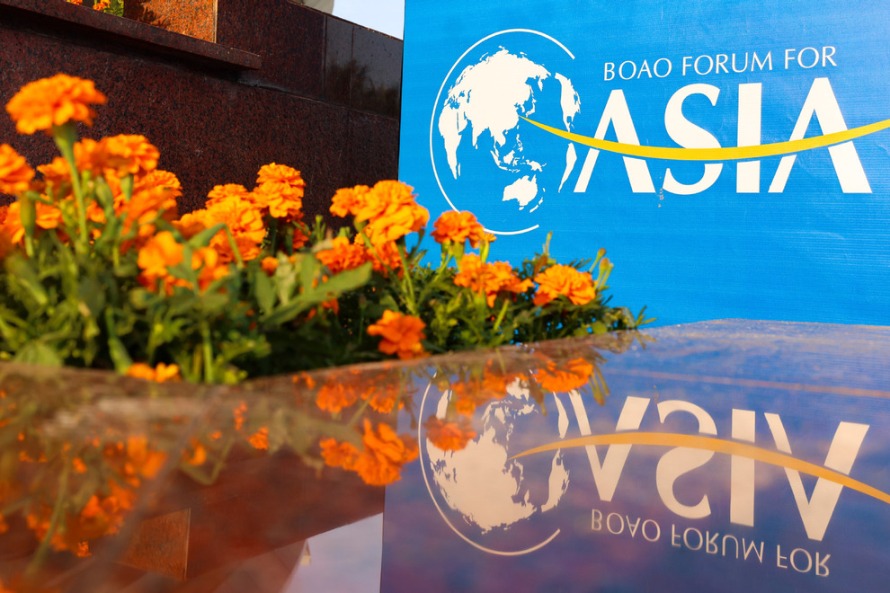Aligning with high-level global trade rules
By LIU ZHIHUA | China Daily | Updated: 2022-02-14 09:11

New pact shows nation's efforts to expand opening-up; firms across world eye gains
Beijing-based China Construction Second Bureau Installation Engineering Co Ltd is all excited these days over its brightening prospects in Southeast Asian markets.
As the Regional Comprehensive Economic Partnership agreement took effect in 11 of the 15 signatory countries by Feb 1, the company realized its foray into Southeast Asia as early as 2008 will now give it an edge over competitors.
It already has dozens of construction contracts worth a combined 2.3 billion yuan ($361 million) in the region, including some in Vietnam, Malaysia, Cambodia and the Philippines.
"With the RCEP agreement's implementation, our spending on construction materials, equipment and machinery will be significantly reduced due to tariff eliminations and cuts," said Yang Chenghui, general manager of the company's Southeast Asian arm.
"Moreover, easier market entry and wider market access under the agreement, especially in construction and related fields, also promise greater market opportunities for us in the RCEP region."
Yang said he believes Chinese enterprises have relatively strong competitiveness in construction and related industries, and therefore will enjoy an increased presence in Southeast Asian markets as market restrictions ease in the RCEP era.
Yang's views found an echo among analysts and business leaders who said the implementation of the RCEP agreement will lead to more market opportunities for enterprises at home and abroad, thanks to the accelerated regional market integration in the world's largest free trade bloc.
Members of the RCEP make up nearly a third of the world's population and account for about a third of global gross domestic product.
The implementation of the trade treaty, a milestone in China's unwavering efforts to expand all-around high-level opening-up, will also accumulate valuable experiences for the nation to align domestic regulations with high-standard international economic and trade rules to deliver on its goal of expanding opening-up, they said.
Initiated by the Association of Southeast Asian Nations in 2011, the RCEP agreement was signed in November 2020 by China, Japan, South Korea, New Zealand, Australia and all 10 ASEAN member states.
On Jan 1, the pact went into force in China, Japan, Australia, New Zealand and six ASEAN states (Brunei, Cambodia, Laos, Singapore, Thailand and Vietnam). It later took effect in South Korea on Feb 1 and will be implemented in Malaysia from March 18.
"The RCEP agreement demonstrates China's desire to integrate into the global economy and further open up to the outside world," said Zhu Tian, the Santander chair in economics and EMBA program director at China Europe International Business School, or CEIBS, in Shanghai.
Creating a unified system of rules in the region, the free trade agreement helps foreign investors to enjoy access to a whole region when they access a single country with broader markets, lower operating costs and easier outward investment, Zhu said.
























